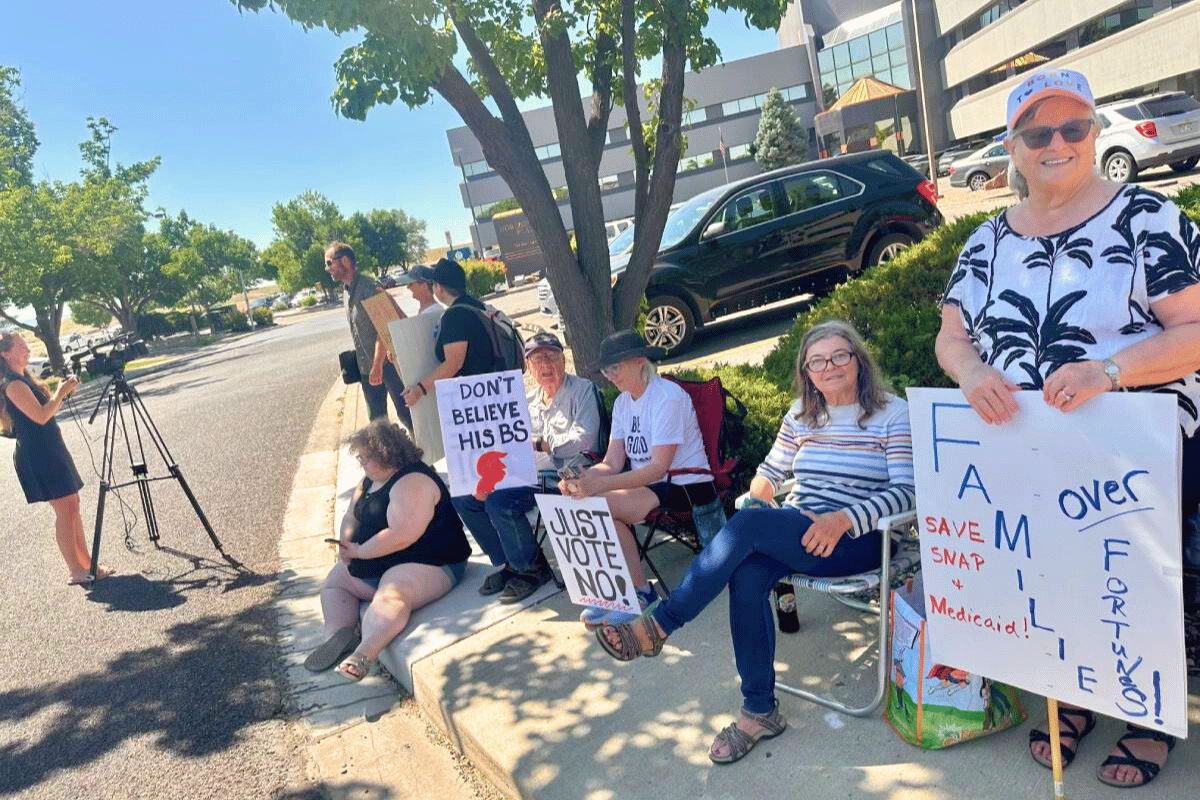 Earlier this month, “Little Liz,” who appears in a sideshow that bills her as the “World’s Smallest Woman,” caused a stir at the Boulder County Fair.
Earlier this month, “Little Liz,” who appears in a sideshow that bills her as the “World’s Smallest Woman,” caused a stir at the Boulder County Fair.
Two parents complained that the show was disturbing to their children. An official in the local county commissioners’ office told Longmont's Times-Call newspaper there was an “ick factor” to the attraction. Facing pressure, fair managers agreed and kicked out Little Liz's show.
But she won't be out of business for long. The 29-inch-tall woman is appearing at the Colorado State Fair in Pueblo, which starts tomorrow and runs through Sept. 1.
Little Liz and her management did not return phone calls, but she has appeared at the Colorado State Fair in past years without incident, according to fair General Manager Chris Wiseman. He heard no complaints and sees no reason to ban Little Liz.
“You know, I’ve thought this over and over since I saw what Boulder did,” Wiseman says. “This is the way this lady makes her living and I don’t know what principle I stand on to deny her the right. Are some people uncomfortable with this? They very well could be. Well, don’t go in there.”
Little Liz joins a long procession of show people, including Joseph Merrick “The Elephant Man," conjoined twins Daisy and Violet Hilton, Otis "The Frog Man," and scores of others. They've all attracted paying audiences over the years, says Robert Bogdan, a professor of social sciences at Syracuse University and the author of “Freak Show."
"People who were developmentally disabled were exhibited as 'pinheads,'" he says. "People were dragged out of the Third World and brought here, probably against their will or without knowing what was up."
But others went happily to work for men in top hats who encouraged people to "Step right up!" to see shows promising the world's largest or smallest or oddest person.
The heyday of so-called "freak shows" was possibly in the late 1800s and early 1900s, he says. Top places to work included early shows of what became the Barnum & Bailey Circus. Some performers became wealthy showing off their oddities and retired well.
In the ensuing years, shows featuring "freaks" declined. The 1930s and subsequent decades witnessed a rise in scientific knowledge and just as odd people were seen as medical curiosities, general interest in medicine helped to dymistify why some people are so different.
Today, Bogdan says, people in sideshows don't generate the kind of money they did generations ago.
He notes a recent rise of tongue-in-cheek television shows and movies that use the settings of "freak shows" in a campy way, like the forthcoming "American Horror Story: Freak Show." The show features Jyoti Amge, 20, of Nagpur, India, whom The Guinness Book of World Records has dubbed the "world's shortest woman."
Claims at sideshows about who is the smallest, biggest or most bizarre are often made with great pizzazz and sensationalism -- or even completely fictionalized, Bogdan says.
"There's a lot of hype," Bogdan says. "And it's pretty boring, you know. You've seen one, you've seen them all."
Bogdan notes that society has become more accepting of people who are different. For instance, special education students used to be segregated from their classmates at many schools. Now a lot of schools work to integrate them into the school culture and classes. And groups for short people, for instance, have joined forces to rail against terms they believe are derogatory, such as "midget," and to raise awareness about civil rights issues.








